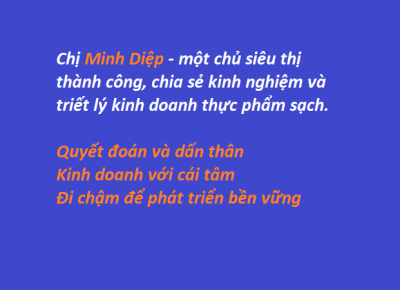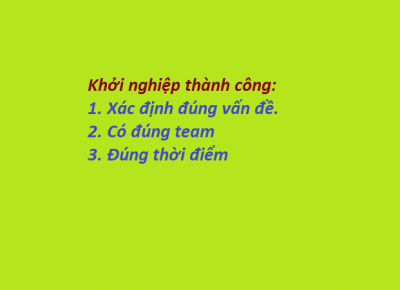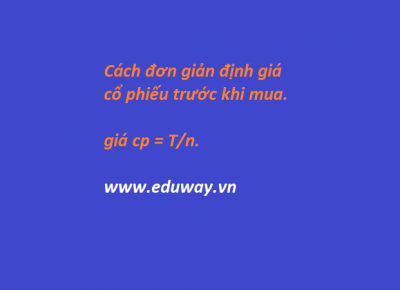Prestigious Fields Medals for mathematics awarded 2006
The world’s most prestigious prize for mathematics has been awarded to four researchers during a ceremony in Madrid
The event was somewhat overshadowed, however, by the refusal of one of mathematics’ brightest stars to accept the award and his failure to turn up for the ceremony.
The Fields Medals are the equivalent of a Nobel Prize in mathematics and awarded every four years to up to four mathematicians under the age of 40. The winners who accepted their medals today are:
- Andrei Okounkov from Princeton University in New Jersey, US
- Terence Tao from the University of California in Los Angeles, US
- Wendelin Werner from the University of Paris-Sud in Orsay, France
A medal was also awarded to Grigori Perelman, an eccentric Russian mathematician, who has received widespread acclaim for a proof of the Poincaré Conjecture, one of mathematics’ most celebrated problems.
As had been widely rumoured, Perelman turned down the medal saying he has become disillusioned with mathematics. He has also resigned from his post at the St Petersburg department of the Staklov Institute of Mathematics and subsequently disappeared.
“I was disappointed that he turned it down,” says John Ball, president of the International Mathematical Union who had travelled to St Petersburg to persuade Perelman to accept. “The reason centres on his feeling of isolation from the mathematical community.”
Flow of heat
The official citation says his award is for the contributions he has made while working towards the proof – specifically for his revolutionary insights into the analytical and geometric structure of a mathematical process called the Ricci flow, which can be thought of as analogous to the flow of heat.
Mathematicians have not yet finished checking Perelman’s proof although most believe it will turn out to be correct. If it is, Perelman also stands to gain a $1 million prize offered by the Clay Institute of Mathematics in Boston. Ball believes that Perelman has not yet made up his mind whether to accept the Clay prize, should it be offered to him.
In contrast, the winners who turned up for the ceremony in Madrid were presented with their medals by King Juan Carlos of Spain.
Russian mathematician Andrei Okounkov received acclaim for his ability to find unexpected bridges between seemingly unrelated fields. One such link he has found is between algebraic geometry in mathematics and statistical mechanics in physics. “Truly astounding mathematical insights come out of physics,” he says.
On the cusp
Wendelin Werner, a French national who was born in Germany, has also made his reputation in physics by focusing on the mathematics that can help to describe a phenomenon called a phase transition. An example of a phase transition is the change a liquid undergoes when it is heated to form a gas.
Physicists have known for many years that materials can behave in strange and unexpected ways when nearing a critical point at the cusp of a phase transition. What fascinates them is that vastly different physical systems behave in very similar ways when they are close to their critical points. Just why this happens is not understood.
Werner’s work has brought fresh approaches to the problem as well as a new geometric insight that has been hugely influential. “His work represents a major breakthrough in the interaction between physics and mathematics,” says Charles Newman, a mathematician at the Courant Institute of Mathematical Sciences in New York City, US.
Big edge
At 31, Tao is the youngest of the medallists, but with over 80 published papers to his name he had been tipped as a potential winner for some time. “I am still shocked. It hasn’t sunk in yet,” he said at a press conference after the ceremony.
Charles Fefferman, a mathematician at Princeton University and a Fields Medallist himself, remembers Tao as a 12-year-old prodigy who was brought to Princeton by his father to be evaluated. “I thought that he had a little extra edge over other prodigies I had met. It turned out it was a big edge,” says Fefferman.
Today Tao is known as one of the most powerful mathematical minds on the planet with major proofs under his belt in areas as diverse as number theory and the mathematics behind relativity and quantum mechanics.
Fefferman says Tao often works by assembling world-class teams to work on problems and manages to bring the best out of each collaborator. “That’s a rare ability,” he notes.
Such is Tao’s reputation that mathematicians now compete to interest him in their problems, and he is becoming a kind of Mr Fix-it for frustrated researchers. “If you’re stuck on a problem, then one way out is to interest Terence Tao,” says Fefferman.
The Fields Medals are awarded by the International Mathematical Union every four years. Unlike the Nobels, which are worth over $1 million, they carry a small cash prize of only a few thousand dollars.
Original article on NewScientist









